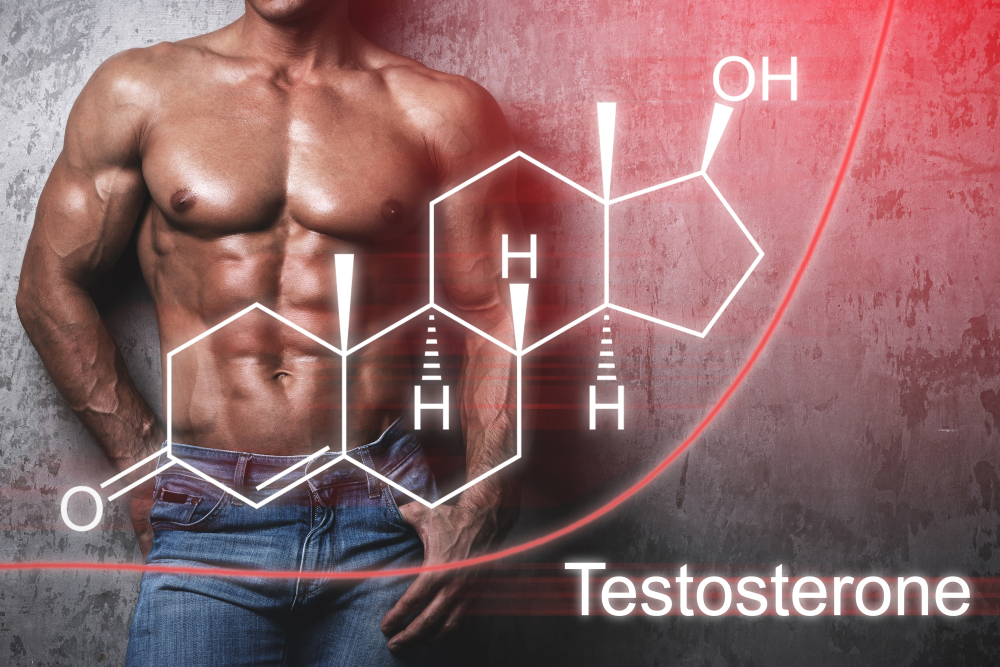The central mechanism of neurodegeneration for autoimmune diseases, viral encephalitis, Lyme disease, AIDS dementia syndrome, brain injury, strokes, heavy metal toxicity, spongiform encephalitis, and diseases such as Alzheimer's dementia, Parkinson's disease, Huntington's disease and amyotrophic lateral sclerosis is similar. The mechanism is a combination of excitotoxic injury in conjunction with free radical damage to neural tissue. Excitotoxins are neurotransmitters, such as glutamate or aspartate, that can result in cell death when their actions are prolonged. Reactive oxygen species and reactive nitrogen species, which can cause oxidative injury, are commonly found in the tissues of those with neurodegenerative diseases, such as Alzheimer's dementia, Parkinson's disease, Huntington's disease and amyotrophic lateral sclerosis. The excitotoxic mechanism involves a series of reactions which include the release of the amino acid neurotransmitter glutamate. Glutamate reacts at a series of receptors on the neuron's surface which, in turn, directly or indirectly control calcium flux, which can eventually lead to increased free radical damage and inflammatory reactions that result in cell death. Calcium acts as a biochemical trigger for a variety of reactions, which play a vital role in neuron function. When too much calcium enters the cell, there is an increased production of nitric oxide, which can interact with the superoxide radical to produce the very destructive peroxynitrite radical, which can damage mitochondria, produce injury to enzymes and eventually damage mitochondrial DNA, which all eventually reduce cellular energy production. Excessive calcium can also release enzymes, including phospholipase A2, which can release arachidonic acid from membrane lipid stores, which is then acted upon by cyclooxygenase and lipoxygenase, converting it into numerous reactive mediators, such as prostaglandins and leukotrienes, which can increase free radical production. These free radicals then set up a chain reaction, which results in lipid peroxidation, resulting in membrane injury including injury to the mitochondria. Free radicals react with both proteins and carbohydrates, which can change cell structure. There are two types of DNA, one in the nucleus of the cell, and the other in the cell's numerous mitochondria. Mitochondrial DNA is 10 times more sensitive to free radical damage than nuclear DNA. With aging, there are reduced energy supplies and an increased susceptibility of mitochondrial DNA to free radical damage. Iron, aluminum, glycation of numerous cellular proteins, peroxynitrite, 4-hydroxynonenal, homocysteine, and HDL and LDL cholesterol are all involved in the neurodegenerative process. Magnesium is critical in preventing excitotoxicity and free radical generation, with regard to neuronal disease. The magnesium receptor is located near the calcium channel on neurons possessing the N-methyl-D-aspartate (NMDA) receptor, which regulates calcium entry into the neuron. Magnesium can block calcium entry as long as the neuron is not firing. It has been shown that low magnesium levels greatly enhance neuronal sensitivity to glutamate. Glutamate is very excitotoxic. Low cellular magnesium increases the sensitivity of cell membranes to free radical damage. Anything that increases oxidative stress in the nervous system over a long period of time will increase the risk of neurodegeneration. Antioxidants that show suggestive benefit in preventing neurodegeneration by inhibiting glutamate-induced cytotoxicity include vitamin E, Ginkgo biloba extract, pycnogenol, N-acetyl L-cysteine, alpha-lipoic acid, dihydrolipoic acid and certain flavonoids. Both black and green tea have peroxynitrite scavenging effects. Curcumin, which comes from the spice tumeric, is a potent inhibitor of peroxynitrite and lipid peroxidation. It can also enhance the production of glutathione. Coenzyme Q10 is an important antioxidant and helps regenerate vitamin E. Alpha-lipoic acid increases the levels of coenzyme Q10 in the face of oxidative stress. Melatonin is a powerful neuroprotectant against free radicals, such as hydroxyl radicals, hydrogen peroxide, singlet oxygen, peroxynitrite, nitric oxide and hypochlorous acid. Sulfites can enhance neuronal toxicity in the presence of peroxynitrite. All major degenerative disorders are associated with microglial activation and excessive production of cytokines interleukin-1 beta, interleukin-6 and tumor necrosis factor-alpha. This inflammatory process involves the overactivation of the eicosanoid system through activation of phospholipase A2 and the release of arachidonic acid from cell membranes. Cellular energy production can protect against excitotoxicity. Substances that improve cellular energy production include coenzyme Q10, succinate, beta-hydroxybutyrate, pyruvate and malate. Vitamins and minerals involved in cellular energy production include magnesium, vitamin B1, vitamin B2, niacinamide, menadione, tocopherols, folate, vitamin C, acetyl-L-carnitine, and alpha-lipoic acid. Methylcobalamin has been shown to block the NMDA glutamate receptor on the neuron. Pycnogenol has been shown to inhibit the cytotoxic effects of amyloid beta-protein. The natural product vinpocetine can increase cerebral blood flow and also inhibit glutamate receptors and regulate sodium-channels, which offers potential benefits against neurodegenerative disorders. Low doses of vitamin D have been shown to have neuroprotective effects. Docosahexaenoic acid (DHA) is an omega-3 fatty acid that is important in the remodeling process of neuronal tissue, which continues to occur even in adulthood and not just in infancy. Excessive supplementation with serotonergic precursors might lead to increased excitotoxic injury due to a buildup of the serotonin metabolic product quinolinic acid. Quinolinic acid is a known excitotoxin. Estrogen has neuroprotective effects. Estrogenic phytonutrients, such as genistein, exhibit neuroprotective effects against excitotoxicity. Flavonoids, such as quercetin, have significant estrogenic activity and may be neuroprotective. Dehydroepiandrosterone sulfate, as well as testosterone, may help protect neuronal tissue. Ginkgo biloba and Panax ginseng show promise in preventing and treating neurodegenerative disorders. Taking 240 mg of Ginkgo biloba extract has shown benefit in Alzheimer's disease patients, with a significant margin of safety. Ginkgo biloba has been shown to protect neuron membranes against hypoxia-related breakdown. Ginkgo biloba has also been shown, through its antioxidants effects, to protect mitochondrial function. Mercury from mercury amalgam and from thimerosal preservatives in some vaccines is a very neurotoxic element. Mercury can be bound with citrate and malate to form a harmless compound, and garlic extract has been shown to effectively remove mercury from the brain almost as efficiently as 2,3-dimercaptosuccinic acid (DMSA). High doses of alpha-lipoic acid are an efficient chelator of mercury and can penetrate the blood-brain barrier. Reducing mercury exposure can reduce autoantibodies to neurotypic and gliotypic proteins, which are found in major degenerative diseases. Neurodegeneration is a process that involves cellular systems including free radical generation, the antioxidant network, eicosanoid activation, lipid peroxidation products that inhibit glutamate re-uptake, a loss of cellular energy production, and the buildup of advanced glycation end products, which are all connected to the excitotoxic reaction. Overactivation of the glutamate receptors can trigger activation of the microglia, leading to immune-cytokine activation, which can trigger the generation of reactive oxygen and nitrogen species. This can impair energy production, primarily by the action of free radicals on the mitochondrial DNA and electron transport system enzymes. All neurodegenerative processes involve glutamate receptor overactivity and initiation of the excitotoxic process. Flavonoids, in particular, can effect many different aspects of this excitotoxic reaction. Certain nutraceuticals can help maintain cellular energy supply.

Exploring the Benefits of IV Therapy: What You Need to Know
As healthcare continues to evolve, IV therapy has emerged as a popular method of delivering essential nutrients directly into the

